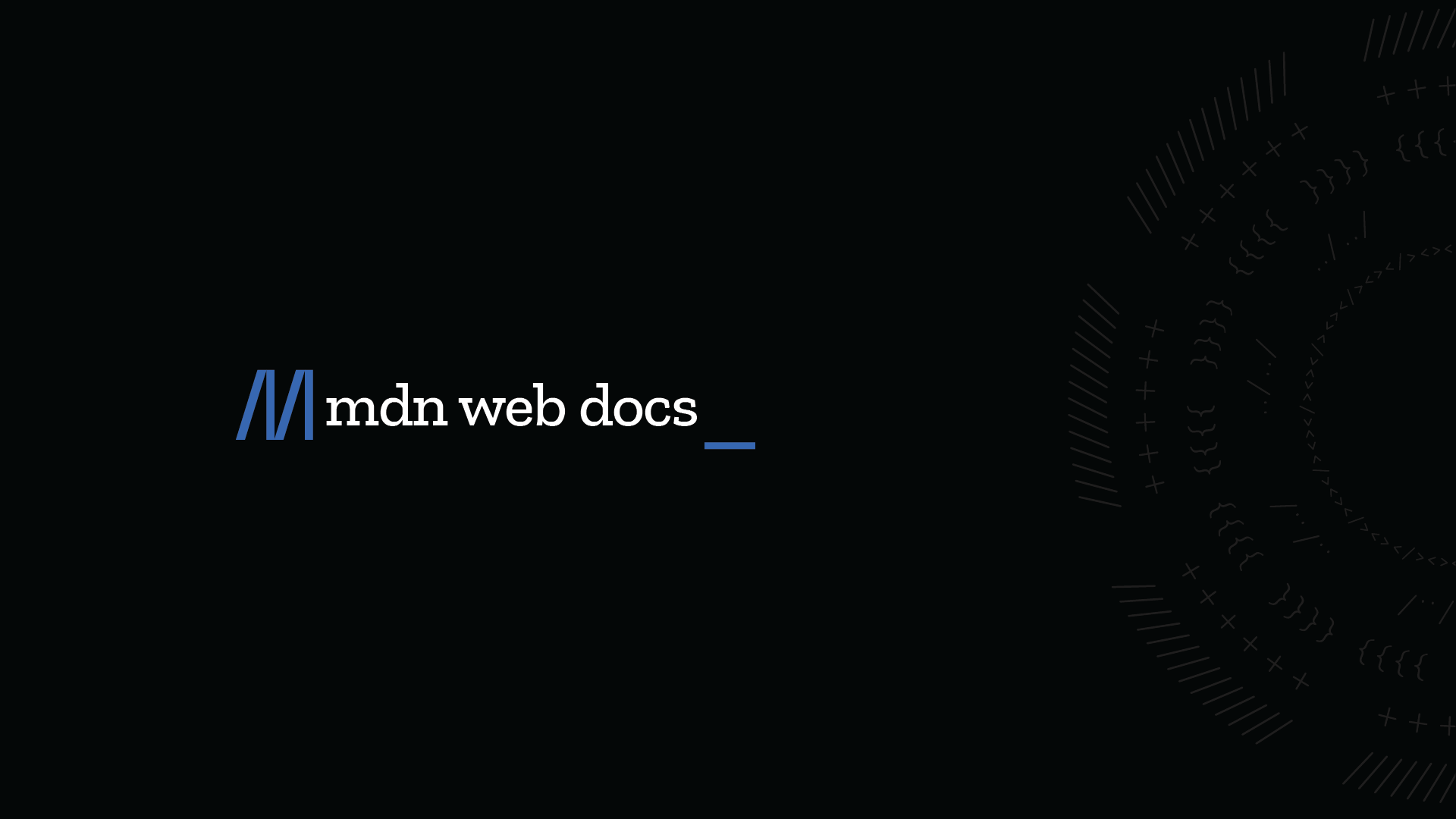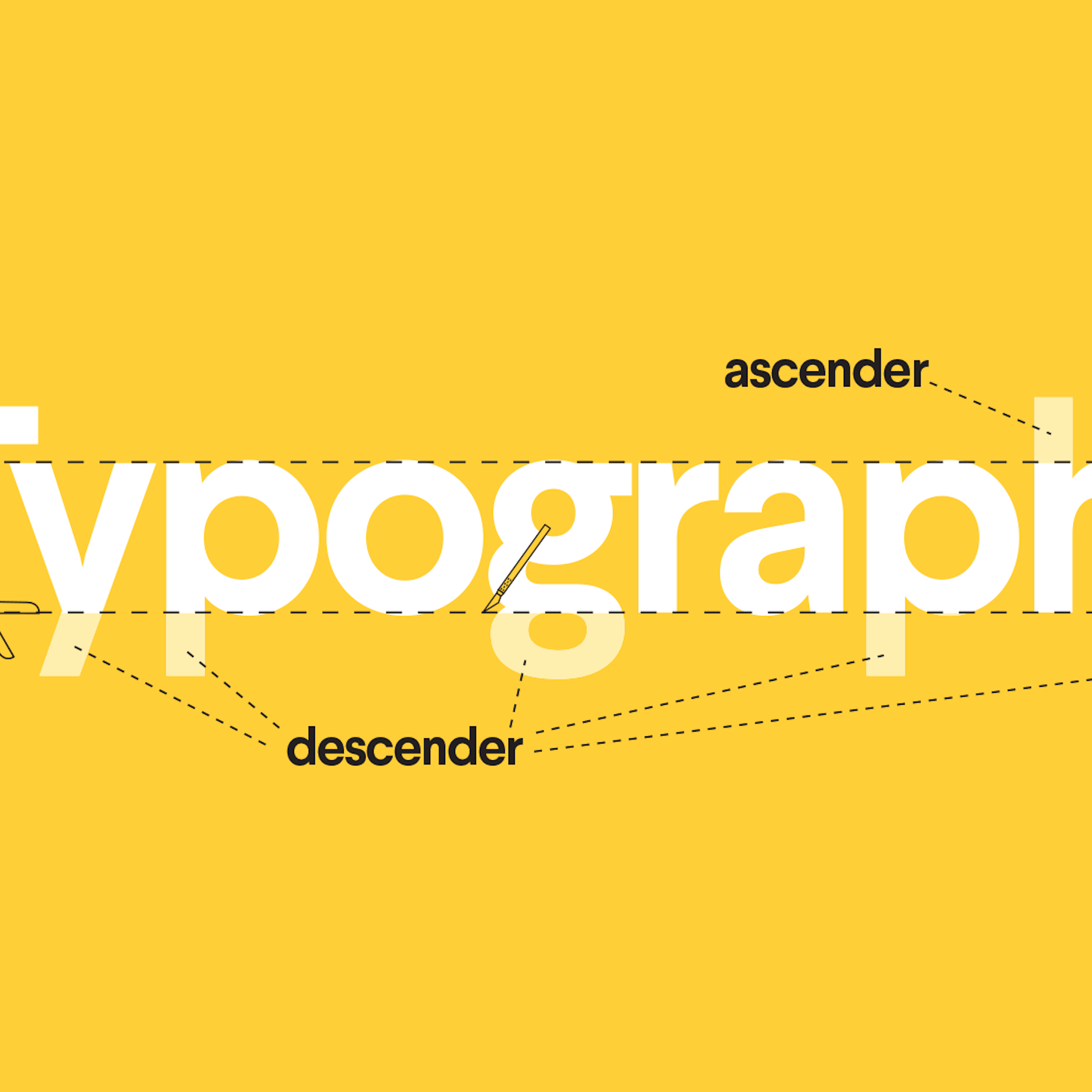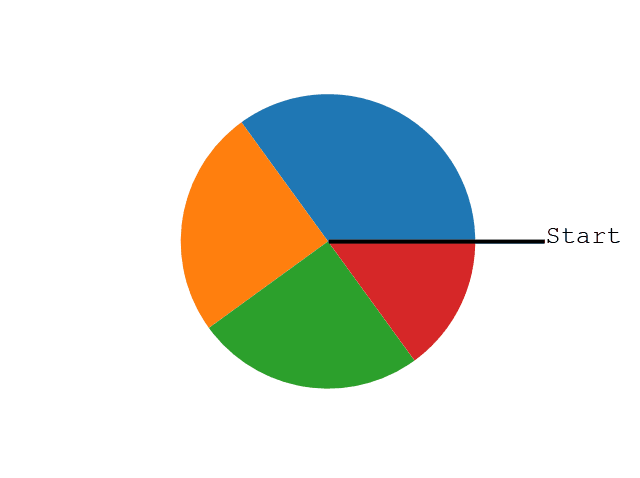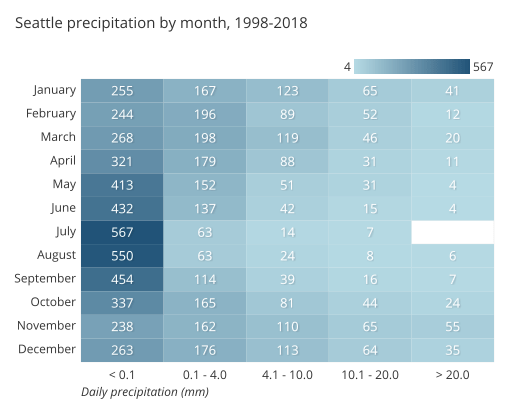X Must Be A Label Or Position
In various aspects of life, the concept of a label or position holds great importance. Whether in personal or professional settings, assigning the appropriate label or position to an individual or object helps in understanding their role, capabilities, and significance. This article aims to explore the significance of labels or positions, differentiating between them in various contexts, and understanding the criteria for determining appropriate labels or positions. We will also delve into the role of labels or positions in personal and professional growth, the challenges and issues associated with them in society, and strategies for leveraging labels or positions to create opportunities. Additionally, we will discuss the impact of labels or positions on self-perception and identity, and the significance of reevaluating or redefining labels or positions over time.
Understanding the concept of a label or position:
A label refers to a classification or description given to someone or something, whereas a position denotes a specific role or rank. Labels can be used to define characteristics, attributes, or qualities of an individual or object. Positions, on the other hand, describe the authority, responsibility, or hierarchical level associated with someone in a particular context. Both labels and positions aid in understanding and categorizing individuals, groups, or objects.
Differentiating between labels and positions in various contexts:
Labels and positions vary in meaning depending on the context they are used. In a workplace setting, a label could refer to a job title, such as “Manager” or “Assistant.” These labels define the scope of responsibilities and level of authority associated with a specific role. Positions, on the other hand, indicate the hierarchical structure within an organization, such as “CEO,” “Manager,” or “Employee.” Positions define the power dynamics and reporting structure within an organization.
In personal relationships, labels play a crucial role in defining the boundaries and expectations of a partnership. For example, calling someone a “boyfriend” or “girlfriend” implies a certain level of commitment and exclusivity. Positions in personal relationships denote the roles individuals take on within the partnership, such as “leader,” “supporter,” or “equal partner.”
The importance of accurately assigning labels or positions:
Accurately assigning labels or positions is essential for effective communication, understanding, and clarity. When individuals or objects are mislabeled or positioned incorrectly, it can lead to confusion, misunderstandings, and ineffective utilization of resources.
Exploring the criteria for determining appropriate labels or positions:
Determining appropriate labels or positions involves considering various factors such as qualifications, skills, experience, and responsibilities. In professional settings, job descriptions and performance evaluations aid in identifying the appropriate label or position for an individual. In personal relationships, mutual understanding, trust, and communication help to define the appropriate labels or positions.
Demystifying the process of acquiring a label or position:
The process of acquiring a label or position varies depending on the context. In professional settings, acquiring a label or position often involves proving one’s capabilities, gaining experience, and demonstrating leadership skills. In personal relationships, acquiring a label or position is a mutual decision based on the level of commitment, trust, and emotional connection.
The role of labels or positions in personal and professional growth:
Labels and positions play a crucial role in personal and professional growth. In professional settings, achieving a higher position or acquiring a prestigious label signifies growth and progress. It opens doors to new opportunities, responsibilities, and challenges. In personal relationships, labels and positions evolve as individuals grow together, reflecting changes in commitment, trust, and shared responsibilities.
Challenges and issues related to labels or positions in society:
Society often imposes rigid labels and positions, creating societal expectations and stereotypes. These preconceived notions may limit individuals’ potential, hinder their growth, and perpetuate inequalities. Challenging societal norms and redefining labels or positions can promote inclusivity, diversity, and equal opportunities.
The impact of labels or positions on self-perception and identity:
Labels and positions influence self-perception and identity. Identifying with a specific label or position can shape an individual’s sense of self and impact their self-confidence. However, relying too heavily on labels or positions can lead to a limited understanding of one’s capabilities and potential. It is essential to recognize that labels and positions do not define an individual entirely and that personal growth and identity can transcend these classifications.
Strategies for leveraging labels or positions to create opportunities:
Leveraging labels or positions to create opportunities involves recognizing and utilizing the strengths associated with a particular label or position. It is essential to continuously develop skills, seek growth opportunities, and cultivate a network of support within the relevant field. Recognizing the influence of labels or positions and using them strategically can open doors to new experiences and advancements.
The significance of reevaluating or redefining labels or positions over time:
Labels and positions are not set in stone and should be reevaluated or redefined as individuals grow and evolve. As aspirations, goals, and circumstances change, individuals may outgrow their current labels or positions. Embracing the flexibility of labels and positions, and being open to reevaluating and redefining them, allows for personal and professional growth.
In conclusion, labels and positions play a significant role in understanding individuals, objects, and their roles in different contexts. Accurate assignment of labels or positions is vital for effective communication and clarity. While labels define characteristics or qualities, positions highlight authority and responsibilities. Labels and positions impact personal and professional growth, self-perception, and identity. Reevaluating and redefining labels or positions over time allows for personal and professional development. However, it is crucial to challenge societal norms and stereotypes associated with labels and positions, promoting inclusivity, diversity, and equal opportunities for all.
FAQs:
Q: How can I determine the appropriate label or position for myself in a professional setting?
A: Determining the appropriate label or position involves considering your qualifications, skills, experience, and responsibilities. Aligning your capabilities and aspirations with job descriptions and seeking feedback from supervisors or mentors can help determine the appropriate label or position.
Q: Can labels and positions change over time?
A: Yes, labels and positions are not fixed and can change as individuals grow and evolve. As individuals acquire new skills, gain experience, and adopt new responsibilities, their labels or positions may change to reflect their growth.
Q: How can labels or positions impact personal relationships?
A: Labels and positions in personal relationships help define the boundaries, expectations, and roles individuals take on within a partnership. They provide clarity and understanding of each partner’s commitments, responsibilities, and level of exclusivity.
Q: Can labels or positions limit individual potential?
A: Yes, labels or positions can limit individual potential when they are used to perpetuate stereotypes or impose societal expectations. It is important to challenge and redefine labels or positions to promote inclusivity, diversity, and equal opportunities.
Q: How can I leverage labels or positions to create opportunities?
A: Leveraging labels or positions involves recognizing and utilizing the strengths associated with them. Focus on developing skills, seeking growth opportunities, and building a supportive network within your field.
Q: Is it necessary to have a label or position to define my identity?
A: Labels and positions play a role in shaping self-perception and identity, but they do not fully define an individual. It is important to recognize that personal growth and identity can transcend these classifications and rely on a multi-faceted understanding rather than solely relying on labels or positions.
Font Properties In X Label And Y Label Function | Matplotlib | Python Tutorials
How To Label X-Axis In Matplotlib?
Matplotlib is a powerful data visualization library in Python that enables users to create a wide range of plots and charts. One fundamental aspect of creating effective visualizations is properly labeling the axes. In this article, we will focus specifically on how to label the x-axis in Matplotlib.
Adding a label to the x-axis is crucial as it provides important information about the data being represented, allowing readers or viewers of the plot to interpret it accurately. By following the steps outlined below, users will be able to label the x-axis effectively, making their plots more understandable and informative.
1. Import the Required Libraries:
To start, import the necessary libraries. Matplotlib is usually imported as `plt` for ease of use. Additionally, if you intend to use any data, ensure that it is appropriately imported or made available.
“`python
import matplotlib.pyplot as plt
import numpy as np
“`
2. Generate or Import Data:
Before creating a plot, generate or import the data that you want to represent. This data can be in various formats, such as lists or NumPy arrays.
“`python
x = np.arange(1, 10) # Example data
y = x**2 # Example data
“`
3. Create a Plot:
Next, create a figure and an axes object using `plt.subplots()` method. This will give you more control over the properties of the plot such as labels, titles, legends, etc.
“`python
fig, ax = plt.subplots()
ax.plot(x, y) # Plot the data
“`
4. Label the x-axis:
To label the x-axis in Matplotlib, use the `ax.set_xlabel()` method. Inside the parentheses, provide the desired label as a string.
“`python
ax.set_xlabel(“This is the X-axis Label”)
“`
5. Additional Formatting:
To further format the x-axis label, you can adjust various properties. Some commonly used properties are:
– `fontsize`: to change the font size of the label.
– `fontweight`: to set the font weight (e.g., ‘bold’, ‘normal’)
– `fontstyle`: to set the font style (e.g., ‘italic’, ‘normal’)
– `color`: to change the color of the label.
Below is an example of modifying the font size and style:
“`python
ax.set_xlabel(“This is the X-axis Label”, fontsize=12, fontweight=’bold’, fontstyle=’italic’)
“`
6. Display the Plot:
Finally, after labeling the x-axis, display the plot using `plt.show()`. This will open a new window displaying the plot with the x-axis label.
“`python
plt.show()
“`
By following these steps, users can easily label the x-axis in Matplotlib and customize it according to their preferences. With the x-axis properly labeled, it enables the audience to grasp the context and meaning of the data represented in the plot.
FAQs:
Q: Can I have a multiline x-axis label?
A: Yes, you can have a multiline x-axis label. Simply use the escape sequence ‘\n’ in the label string at the desired location to create a new line.
Q: How can I rotate the x-axis label?
A: You can rotate the x-axis label using the `rotation` parameter in `ax.set_xlabel()`. For example, `ax.set_xlabel(“X-axis Label”, rotation=45)` will rotate the label by 45 degrees.
Q: How can I change the position of the x-axis label?
A: The position of the x-axis label can be adjusted using the `position` parameter in `ax.set_xlabel()`. Some positions include ‘top’, ‘bottom’, ‘center’, ‘left’, and ‘right’.
Q: Are there any alternatives to `ax.set_xlabel()` for labeling the x-axis?
A: Yes, besides `ax.set_xlabel()`, you can also use the `plt.xlabel()` function to label the x-axis. Both methods accomplish the same task.
Q: Can I use mathematical expressions in the x-axis label?
A: Yes, Matplotlib supports rendering mathematical expressions in labels. Simply enclose your mathematical expression in dollar signs (‘$’) to enable rendering.
In conclusion, labeling the x-axis in Matplotlib is a vital step in creating informative and meaningful visualizations. By providing a clear and descriptive label, users can convey the necessary information about the data being presented. Following the outlined steps and experimenting with different formatting options will allow users to customize the x-axis label to their liking and improve the overall clarity of their plots.
How To Set X-Axis Values In Matplotlib?
Matplotlib is a popular Python library used for data visualization and plotting. Whether you are a beginner or an experienced programmer, mastering the manipulation of axes in Matplotlib is essential for creating visually appealing and informative graphs. In this article, we will focus specifically on setting x-axis values in Matplotlib and explore various methods to achieve this.
Understanding the x-axis:
The x-axis is typically used to plot the independent variable or the horizontal axis in a graph. It represents the range or values that we want to display. Matplotlib provides various functions to customize the x-axis according to our requirements.
Setting x-axis values with default behavior:
By default, when plotting a graph in Matplotlib, it automatically generates the x-axis values based on the data provided. However, sometimes we may want to specify our own x-axis values.
To set custom x-axis values, we need to define two arrays – one for x-axis values and another for y-axis values. These arrays must have the same length. Let’s consider an example:
“`
import matplotlib.pyplot as plt
x = [1, 2, 3, 4, 5]
y = [10, 20, 30, 40, 50]
plt.plot(x, y)
plt.show()
“`
In this example, we have defined x and y arrays with five elements each. The `plt.plot()` function is used to plot the graph, and `plt.show()` displays the graph with default x-axis values ranging from 0 to 4.
Setting x-axis values using `plt.xticks()`:
Matplotlib provides the `plt.xticks()` function to explicitly set the values on the x-axis. It takes two arguments, `ticks` and `labels`, where `ticks` represent the positions of the tick locations, and `labels` represent the text to be displayed at those positions. Let’s modify our previous example:
“`
import matplotlib.pyplot as plt
x = [1, 2, 3, 4, 5]
y = [10, 20, 30, 40, 50]
plt.plot(x, y)
plt.xticks(x, [‘A’, ‘B’, ‘C’, ‘D’, ‘E’])
plt.show()
“`
In this updated example, we used `plt.xticks()` to set custom x-axis values. Here, the `x` array represents the positions of the ticks, and `[‘A’, ‘B’, ‘C’, ‘D’, ‘E’]` represents the labels at those positions. Now, when we run the code, the x-axis values will be displayed as ‘A’, ‘B’, ‘C’, ‘D’, and ‘E’.
Setting evenly spaced x-axis values with `plt.xlim()`:
Sometimes, rather than specifying custom x-axis values, we may need to set evenly spaced values. Matplotlib provides the `plt.xlim()` function to define the range of x-axis values. We can then rely on the default behavior of Matplotlib to generate the evenly spaced values within the specified range. Here’s an example:
“`
import matplotlib.pyplot as plt
y = [10, 20, 30, 40, 50]
plt.plot(y)
plt.xlim(0, 10)
plt.show()
“`
In this case, we have set the range of x-axis values from 0 to 10 using `plt.xlim()`. When the graph is plotted, Matplotlib automatically generates evenly spaced x-axis values within this range.
FAQs:
Q1. Can I set the x-axis values as dates or timestamps?
Yes, Matplotlib provides the flexibility to set x-axis values as dates or timestamps. You can convert your dates or timestamps to a suitable format and pass them to the `plt.plot()` function or use `plt.xticks()` with appropriate labels.
Q2. How can I rotate the x-axis tick labels?
In some cases, when the x-axis labels are too long, they can overlap each other and become unreadable. To rotate the x-axis tick labels, we can use the `plt.xticks(rotation=angle)` function. For example, `plt.xticks(rotation=90)` will rotate the labels by 90 degrees. You can adjust the angle according to your requirements.
Q3. Is it possible to remove the x-axis tick labels entirely?
Yes, if you want to remove the x-axis tick labels, you can use the `plt.xticks([])` function. This function will remove all the tick labels from the x-axis, resulting in a cleaner graph.
Q4. How can I change the font size of the x-axis tick labels?
Matplotlib allows you to customize the font size of the x-axis tick labels. You can use the `plt.xticks(fontsize=size)` function to set the desired font size. Specify the `size` parameter with the font size value you want to apply.
In conclusion, Matplotlib provides various methods to set x-axis values according to our requirements. Whether you want to set custom values, evenly spaced values, or even values as dates or timestamps, Matplotlib has you covered. Understanding and mastering these concepts will greatly enhance your data visualization capabilities, making your plots more informative and visually appealing.
Keywords searched by users: x must be a label or position pandas plot label line, pandas plot title color, pandas scatter plot multiple columns, histogram pandas two columns, plot two columns pandas seaborn, plotly plot multiple columns of dataframe, plot bar title, pandas plot title font size
Categories: Top 55 X Must Be A Label Or Position
See more here: nhanvietluanvan.com
Pandas Plot Label Line
Introduction
Data visualization is a vital aspect of data analysis, as it helps us uncover trends, patterns, and relationships within the data. One of the most powerful libraries for data manipulation and analysis in Python is Pandas. Pandas provides a user-friendly and efficient way to manipulate, analyze, and visualize data, making it an essential tool for any data scientist or analyst.
When it comes to visualizing data, labeling lines is often necessary to provide context and enhance the understanding of the plotted information. In this article, we will explore how to label lines in Pandas plots, providing you with a comprehensive guide on this powerful feature. We will cover the different types of plots available in Pandas, methods for labeling lines, and examples to illustrate their usage.
Types of Plots in Pandas
Before we delve into the specifics of labeling lines, let’s briefly review the different types of plots available in Pandas. Pandas provides a wide range of plot types, including line plots, bar plots, histograms, scatter plots, and more. Each plot type serves a different purpose and is suitable for different types of data.
One of the most commonly used plot types is the line plot, which is ideal for visualizing trends over time or examining the relationship between two variables. In a line plot, data points are connected by lines, providing a visual representation of the data’s continuity and trends.
Labeling Lines in Pandas Plots
Pandas offers multiple techniques to label lines in plots, enriching the visualization and making it easier to interpret. Here, we will discuss two commonly used methods: using the annotate() function and utilizing the text() function.
1. Annotate() function:
The annotate() function in Pandas is a powerful tool for adding text annotations to plots. To label a line using this function, you need to provide the x and y coordinates of the label and the desired text. Additionally, you can specify optional arguments such as the text’s color, font size, and style.
2. Text() function:
The text() function operates similarly to the annotate() function but is more flexible in terms of placement. It allows you to specify the x and y coordinates directly instead of relying on the position of data points. This flexibility is particularly valuable when you want to label lines that don’t correspond directly to data points, such as trends or regression lines.
Examples
To better understand how to label lines in Pandas plots, let’s consider a few examples.
Example 1: Line plot with annotations
Suppose you have a dataset containing the monthly sales figures for a product. You want to plot the sales over time and label a line representing the average sales. To achieve this, you can use the annotate() function as follows:
“`python
import pandas as pd
import matplotlib.pyplot as plt
data = {‘Month’: [‘Jan’, ‘Feb’, ‘Mar’, ‘Apr’, ‘May’],
‘Sales’: [1000, 1200, 1500, 800, 1100]}
df = pd.DataFrame(data)
ax = df.plot(x=’Month’, y=’Sales’)
ax.annotate(‘Average Sales’, xy=(2, 1300), xytext=(3, 1300),
arrowprops=dict(facecolor=’black’, arrowstyle=’->’))
plt.show()
“`
In this example, we first create a DataFrame with the sales data and then plot the line plot using the plot() function with the appropriate x and y columns. We then utilize the annotate() function to label the line representing the average sales. The xy argument specifies the coordinates of the data point to annotate, while xytext sets the position of the label. The arrowprops parameter allows for customization of the arrow connecting the label to the line.
FAQs
Q1. Can I label multiple lines in a single plot?
Yes, you can label multiple lines in a single plot by repeating the labeling process for each line. You can use different colors or text styles to differentiate the labels, making it easier to interpret the plot.
Q2. Is it possible to label lines in other types of plots?
Absolutely! The techniques discussed in this article can be applied to other plot types as well. Whether it is a bar plot, scatter plot, or any other type, you can label lines to enrich the visualization and provide additional insights.
Q3. Can I customize the font size and color of the labels?
Yes, both the annotate() and text() functions allow you to customize the font size and color of the labels. By specifying optional arguments such as fontsize and color, you can tailor the appearance of the labels to suit your preferences or to ensure they are easily distinguishable.
Conclusion
Labeling lines in Pandas plots is a valuable technique for enhancing the understanding and interpretation of data visualizations. With the help of the annotate() and text() functions, Pandas enables users to add informative labels to lines, providing context and facilitating data analysis. By mastering this feature, you can unlock the full potential of data visualization in Pandas, gaining deeper insights into your data.
Pandas Plot Title Color
When it comes to data visualization using Pandas, the ability to customize various elements of your plots can greatly enhance their effectiveness. One such element that you might want to customize is the title color. In this article, we will explore the different methods for changing the title color in Pandas plots, providing step-by-step instructions, and addressing frequently asked questions along the way.
Understanding Plot Titles in Pandas
In Pandas, plot titles serve as a crucial component of any visualization as they provide an overall context or theme to the data being portrayed. By default, the title color is set to black, but fortunately, it can be easily modified to align with your preferred style or branding.
Methods for Changing Title Color in Pandas Plots
Pandas offers several methods to change the title color in your plots. Let’s dive into the most commonly used ones:
1. Method: Using the ‘title’ Functionality
This method allows you to change the color of the plot title without any additional dependencies. By calling the ‘title’ function and using the ‘color’ parameter, you can specify any color name or a HEX value to set the desired color. For example:
“`
import matplotlib.pyplot as plt
import pandas as pd
df = pd.DataFrame({‘A’: [1, 2, 3, 4, 5], ‘B’: [5, 4, 3, 2, 1]})
ax = df.plot()
ax.set_title(‘Custom Title’, color=’red’)
plt.show()
“`
2. Method: Utilizing Matplotlib’s ‘setp’ Function
For more advanced customization options, you can leverage Matplotlib’s ‘setp’ function. This function enables you to modify several attributes of your plot, including the title color. You can achieve this by calling ‘setp’ with the ‘title’ property as demonstrated below:
“`
import matplotlib.pyplot as plt
import pandas as pd
df = pd.DataFrame({‘A’: [1, 2, 3, 4, 5], ‘B’: [5, 4, 3, 2, 1]})
ax = df.plot()
plt.setp(ax.title, color=’blue’)
plt.show()
“`
3. Method: Adjusting the matplotlib.rcParams
If you wish to change the title color globally for all your plots within a script, modifying the ‘rcParams’ can be a useful approach. By adding the following line of code before creating your plots, you can set a specific color for all titles:
“`
import matplotlib.pyplot as plt
import pandas as pd
plt.rcParams[‘axes.titlecolor’] = ‘green’
df = pd.DataFrame({‘A’: [1, 2, 3, 4, 5], ‘B’: [5, 4, 3, 2, 1]})
df.plot()
plt.show()
“`
FAQs about Pandas Plot Title Colors
Q1. Can I use HEX color codes to change the plot title color?
Yes, both the ‘title’ functionality and the ‘setp’ function support HEX color codes. Simply replace the color name with the corresponding HEX value.
Q2. Can I change the font size along with the color of the plot title?
Absolutely! In addition to color, you can also modify the font size of the plot title. For the ‘title’ functionality, you can set the ‘fontdict’ argument as follows:
“`
ax.set_title(‘Custom Title’, color=’red’, fontdict={‘fontsize’: 20})
“`
For the ‘setp’ function, you can include the ‘fontsize’ parameter as shown:
“`
plt.setp(ax.title, color=’blue’, fontsize=18)
“`
Q3. How can I change the background color of the plot title?
To modify the background color of the plot title, you can use the ‘bbox’ parameter in the ‘title’ function or the ‘set_bbox()’ method. However, please note that this feature is not readily available in Pandas, as it falls under the domain of Matplotlib’s customization options.
Conclusion
Plot titles serve as essential contextual elements within any data visualization project. Knowing how to customize their color in Pandas plots can help you create more visually appealing and informative graphs. By following the methods discussed in this article, you can easily personalize your plot titles to match your preferred aesthetics, making your visualizations stand out and portray your data effectively.
Pandas Scatter Plot Multiple Columns
In data analysis and visualization, scatter plots are incredibly useful tools for exploring relationships between two variables. They allow us to visualize the distribution and correlation between two numeric columns. But what if we want to analyze the relationship between multiple columns? This is where pandas scatter plot with multiple columns comes into play. In this article, we will delve into the world of pandas scatter plots, exploring how to create them, interpret the results, and answer some common questions along the way.
Understanding Scatter Plots:
A scatter plot is a graph that displays individual data points along two axes, usually representing different variables. Each point on the plot corresponds to a single observation in the dataset. By plotting multiple columns against each other, we can visualize how changes in one variable affect another.
Scatter plots can reveal various patterns such as linear relationships, clusters, and outliers. They are particularly effective when investigating correlations or dependencies between variables. Additionally, scatter plots can provide insight into the spread and distribution of data.
Creating Scatter Plots with Pandas:
Pandas is a powerful Python library widely used for data manipulation and analysis. It offers a simple yet efficient way to create scatter plots using the built-in functionalities of the matplotlib library.
To create a scatter plot using pandas, we first need to import the necessary libraries:
“`python
import pandas as pd
import matplotlib.pyplot as plt
“`
Next, we load our dataset into a pandas DataFrame object. Let’s assume we have a dataset with columns ‘x’, ‘y1’, and ‘y2’:
“`python
data = {
‘x’: [1, 2, 3, 4, 5],
‘y1’: [5, 4, 3, 2, 1],
‘y2′: [1, 2, 3, 4, 5]
}
df = pd.DataFrame(data)
“`
Now that we have our DataFrame, we can create a scatter plot by calling the `plot.scatter()` method on our DataFrame object:
“`python
df.plot.scatter(x=’x’, y=’y1′)
plt.show()
“`
This code will generate a scatter plot with ‘x’ values on the x-axis and ‘y1’ values on the y-axis. By adjusting the column names, we can create scatter plots between any combination of columns.
Visualizing Multiple Columns:
To visualize multiple columns in a scatter plot, we can simply add more variables to our plot. Let’s say we want to create a scatter plot between ‘x’, ‘y1’, and ‘y2′. We can achieve this by chaining multiple scatter plot commands:
“`python
df.plot.scatter(x=’x’, y=’y1′)
df.plot.scatter(x=’x’, y=’y2′)
plt.show()
“`
The code above creates two scatter plots, one for ‘y1’ and one for ‘y2’. By displaying them together, we can compare the relationships between ‘x’ and both ‘y1’ and ‘y2’.
Interpreting Scatter Plots:
Analyzing the relationships represented in scatter plots is essential for gaining insights from our data. Some of the key aspects to consider while interpreting scatter plots include:
1. Correlation: Look for patterns or trends in the distribution of data points. Are they clustered together or dispersed? If points appear to follow a particular pattern, there might be a correlation between the two variables.
2. Linearity: Observe the overall trend of the points on the scatter plot. Are they distributed in a straight line, suggesting a linear relationship, or do they follow a different shape?
3. Outliers: Identify any data points that deviate significantly from the general pattern. Outliers can have a substantial impact on the correlation analysis, so it’s crucial to identify and investigate them further.
4. Spread and Density: Consider the spread and density of data points across the plot. A dense cluster might indicate a strong relationship, while a scattered distribution might indicate a weak or non-linear relationship.
Frequently Asked Questions (FAQs)
Q1: Can I create scatter plots between non-numeric columns?
A1: No, scatter plots require numeric data to calculate relationships. If you want to visualize relationships between non-numeric variables, consider other types of plots like bar plots or heatmaps.
Q2: How can I add labels and titles to my scatter plot?
A2: You can add labels and titles to your scatter plot using the matplotlib library. Functions like `plt.xlabel()`, `plt.ylabel()`, and `plt.title()` can be used to customize the appearance of the plot.
Q3: Can I customize the colors and markers of my scatter plot?
A3: Yes, you can customize the colors and markers of your scatter plot. The `plot.scatter()` method accepts various optional parameters, such as `color` and `marker`, allowing you to customize the appearance of the plot according to your preferences.
Q4: How can I save my scatter plot as an image file?
A4: Once you have created your scatter plot, you can use the `plt.savefig()` function to save it as an image file. Specify the desired file name and format (e.g., ‘plot.png’) in the function arguments.
In conclusion, pandas scatter plots with multiple columns are a powerful tool for visualizing relationships and dependencies in data analysis. By exploring the distribution and correlation between several variables simultaneously, we can uncover valuable insights and make informed decisions. By following the steps outlined in this article, you can harness the power of pandas and matplotlib to create informative scatter plots that enable you to extract meaningful information from your data.
Images related to the topic x must be a label or position

Found 9 images related to x must be a label or position theme











:max_bytes(150000):strip_icc()/brexit.asp_final-23d572e0478542dfa7f2493350540677.png)


 – Html: Hypertext Markup Language | Mdn” style=”width:100%” title=”input type=”search”> – HTML: HyperText Markup Language | MDN”>
– Html: Hypertext Markup Language | Mdn” style=”width:100%” title=”input type=”search”> – HTML: HyperText Markup Language | MDN”>





:max_bytes(150000):strip_icc()/histogram-4195105-1-5c54bbb774ef4db2aa13a521a8e6afbc.jpg)











:max_bytes(150000):strip_icc()/peter-principle.asp-final-556adb51ee7f45098cbd12bb1ce4f44e.png)



:max_bytes(150000):strip_icc()/SEA-homemade-philadelphia-tomato-pie-style-pizza-recipe-hero-03-14a7d191a4344c168a134dd89290e8db.jpg)











:max_bytes(150000):strip_icc()/__opt__aboutcom__coeus__resources__content_migration__serious_eats__seriouseats.com__2020__11__20201115-gateau-invisible-apple-cake-tim-chin-hero-1-cb3c0a443dc844ada1029c5b0f2a0a54.jpg)
Article link: x must be a label or position.
Learn more about the topic x must be a label or position.
- python – Plot – x must be a label or position – Stack Overflow
- [Example code]-Plot – x must be a label or position
- warning in bar plot with multiple columns #18764 – GitHub
- Draw a line plot from a DataFrame : r/learnpython – Reddit
- Pandas: Create matplotlib plot with x-axis label not index
- Matplotlib Labels and Title – W3Schools
- How to Set X-Axis Values in Matplotlib in Python – Javatpoint
- Add x and y labels to a pandas plot – Stack Overflow
- Graph Plotting in Python | Set 1 – GeeksforGeeks
- pandas.DataFrame.plot — pandas 0.23.1 documentation
- How to Plot Columns of Pandas DataFrame
- Basic plotting with pandas and Matplotlib – Geo-Python
- Matplotlib X-axis Label – Python Guides
- Matplotlib Labels and Title – W3Schools
See more: nhanvietluanvan.com/luat-hoc